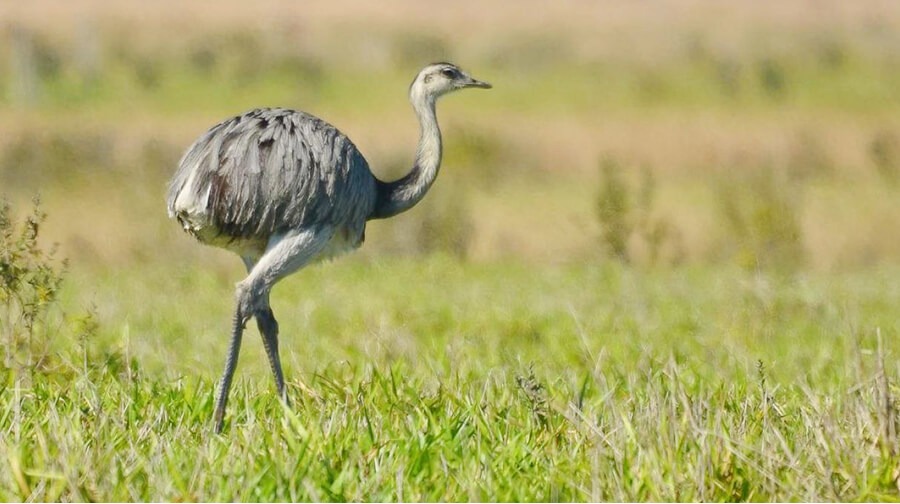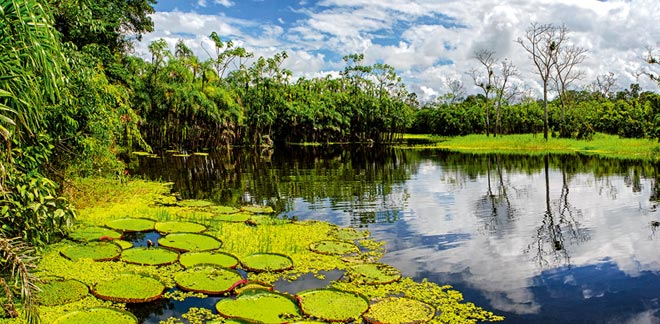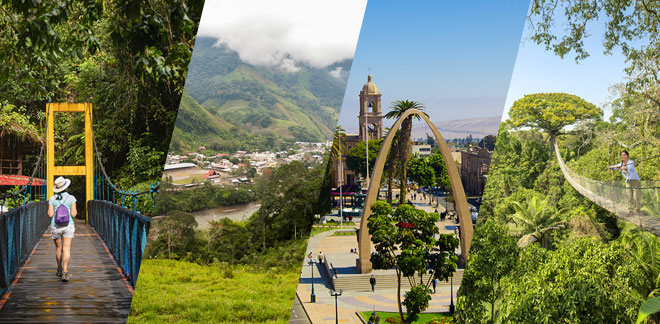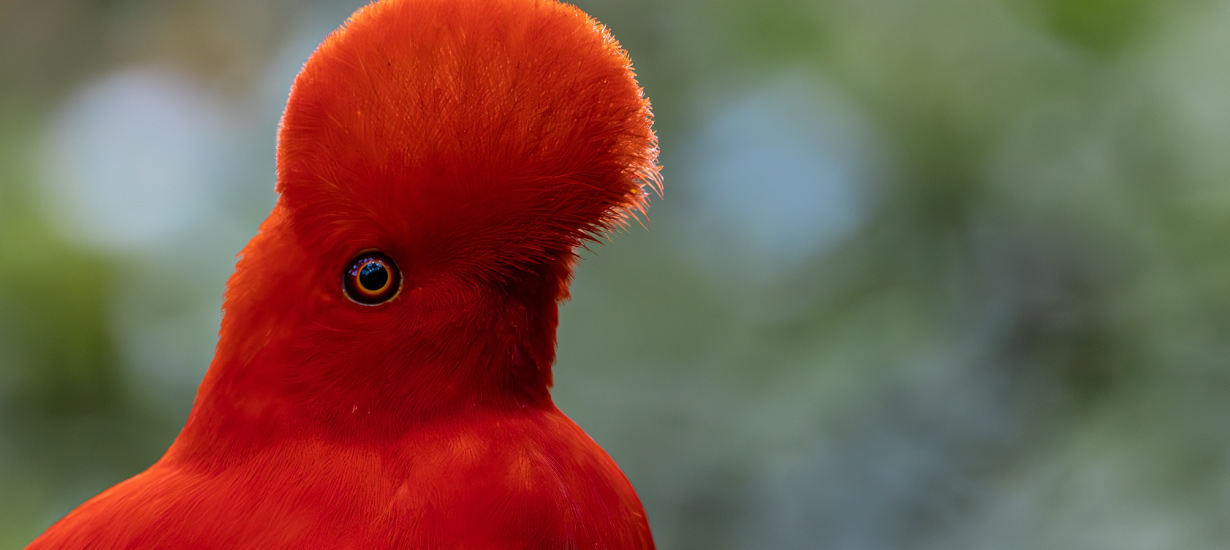Meet America's largest bird: the Suri
Síguenos en:Google News
It is the largest bird in America, also known as the ostrich, or Andean ostrich. This non-flying species can reach a height of 5 feet and weigh up to 66 pounds; its beak and head are gray, with its back and neck darker and the ends of their feathers white.
The Suri, whose scientific name is Rhea pennata, is a running bird that only inhabits South America. It thrives in deserts, saline soils, steppes, sparsely flooded areas and high altitude wetlands, as well as in territories with little oxygen, extreme cold and intense solar radiation, such as Peruvian punas.
Although male and female Suris are the same size, the male specimen appears to be a little taller due to its greater amount of plumage which, in the reproductive stage, is longer than usual.
The Suri is vegetarian. Because its diet is based mainly on plants, fruits and seeds, it is considered a natural disseminator.
Suri Population
The Suri, or Andean ostrich, is an endangered species. The Peruvian State has categorized it as being in "critical danger", according to DS 004-2014-MINAGRI. This decree prohibits their hunting, capture, possession, transport and export for commercial purposes.
According to a census conducted by the National Forest and Wildlife Service ('Servicio Nacional Forestal y de Fauna Silvestre', SERFOR) in 2008, it was estimated that the population of Suri in our country amounted to just 447 individuals, of which 70% were juveniles. These were distributed as follows: 186 registered in Moquegua, 157 in Puno and 104 in Tacna.
By 2016, SERFOR conducted a second census and registered a smaller population: 350 Suri individuals in the wild throughout Peru. The largest number of Suris were found in Tacna where there were 166 individuals, followed by Puno with 112 and third place Moquegua with 72 animals. It should be noted that there is a captive population that was not included in the census.
Suri Conservation Plan
Because this species lives in the highlands of Peru, Bolivia and Chile, in 2006 it was decided to create the International Network for Suri Conservation ('Red Internacional para la Conservación de Suri') which established the development of conservation plans in each country as its first agreement. A year later, the National Network for Suri Conservation was implemented to ensure that public and private institutions comply with the conservation plans established.
Among the objectives of these plans are the guarantee of Suri conservation in its natural environment, generating knowledge about Suri populations so that, with the help of these plans, there can be a reduction in the risks and threats faced by this species, such as: the commercialization of its meat and feathers (used to make folkloric suits), the collection of its eggs for human consumption, among others.
In Peru, there are currently three protected natural areas dedicated to the conservation of the Suri: the Taypipiña and Checca private conservation areas in Puno, and the Vilacota Maure Regional Conservation Area (RCA) in Tacna. There are also rescue centers: the Lake Titicaca Special Bi-National Project ('Proyecto Especial Binacional Lago Titicaca', PEBLT) and Sumac Kantati, both in Puno; and in Lambayeque there is Suri-Sicán, a center specializing in the reproduction of non-flying giant birds, among which is the Suri.
Did you know?
It is very common for Suris to be covered with dust, as they take sand "baths" to fix their feathers.
The Suri male is polygamous, there are groups of up to 10 individuals made up of one male and nine females.
Males are considered "model fathers" because they are the ones who incubate, feed and protect their offspring.
On December 17, 2018, the Central Reserve Bank of Peru ('Banco Central de Reserva del Perú', BCRP) put into circulation the seventh coin of the numismatic series, "Threatened Wild Fauna of Peru", which alludes to the Suri.
Sources: Andina / El Comercio / Mongabay Latam / SERFOR








